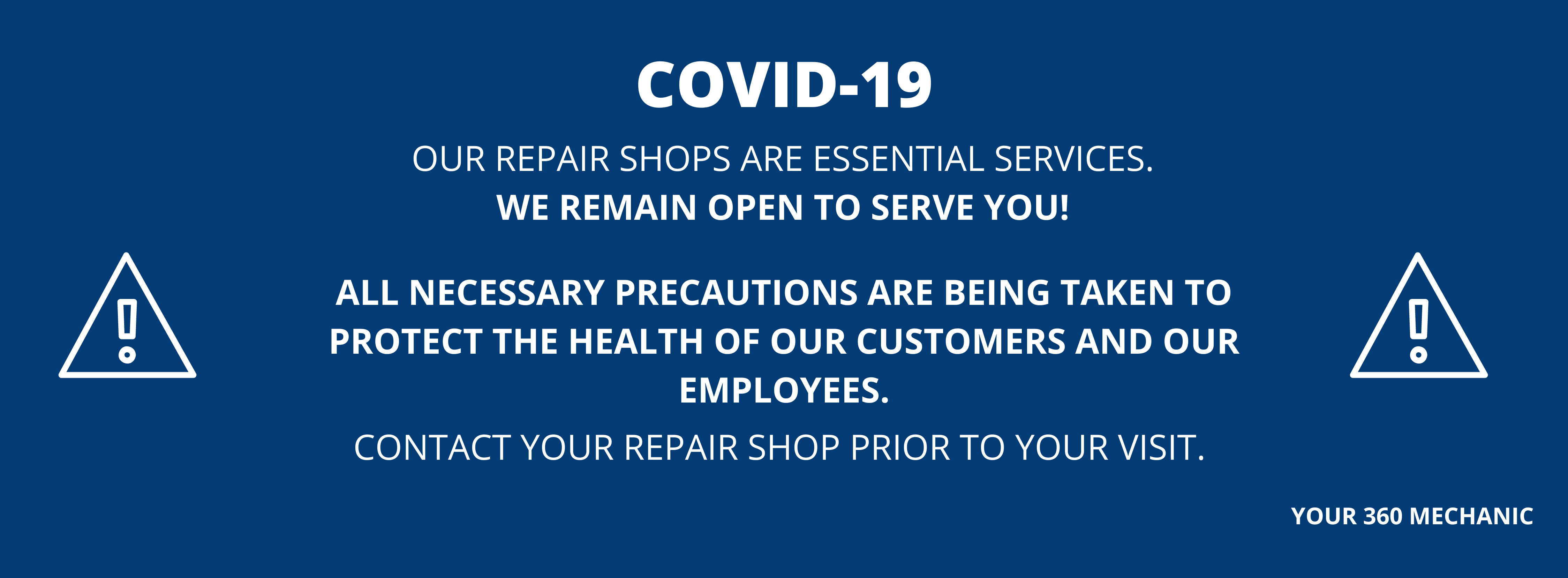How do you check your tires for wear?
As spring approaches and you get your tires out of storage, it’s a good time to verify that they’re still in good condition. While you’re at it, you should check ahead of time whether your winter tires will last another season. In this article, the team at Certified Auto Repair teaches you how to check your tires for wear and thereby ensure your safety behind the wheel.
Causes of tire wear
First off, be aware that tires can prematurely wear. In certain conditions, tires get worn down to the point that they need replacement after only a couple years. Here are some of the main factors associated with tire wear:
• The number of kilometres you drive
• Road conditions (pot holes, bumps and gravel roads contribute to tire wear)
• Storage conditions
• Your driving habits (frequent or sudden braking contributes to tire wear)
• Tire pressure (low tire pressure contributes to tire wear)
• Quality of tire installation (improper mounting of tires on rims leads to premature wearing)
3 things to check
You can see if your tires are worn by checking these three things:
1. Age
Tires generally need to be replaced at minimum every five years. Around this time, their rubber begins to dry out and crack, which decreases their traction. Are you unsure of the year your tires were manufactured in? Simply look for the four-digit DOT code on the side of the tire. The first two numbers tell you the week when your tires were manufactured and the last two, the year. So if, for example, the code was 1117, this would mean that the tire was manufactured in the eleventh month of 2017.
2. Tire tread depth
Traction is critical for staying safe behind the wheel. Driving with bald tires is very dangerous. Notably, it increases your breaking distance and can cause hydroplaning. Besides, doing so is against the law.
CAA-Québec judges that the ideal tire tread depth is equal or greater to 6/32 of an inch. Under Quebec law, the minimum tire tread depth is 2/32 of an inch; however, at Certified Auto Repair, we consider this amount of tire wear an unnecessary risk. To calculate your tire tread depth, use a standard or digital tire tread depth gauge, and measure each tire in several places. The lowest measurement is the one that matters.
3. Uneven tire wear
Several factors can lead to uneven tire wear, notably poorly installed tires, improperly inflated tires, car suspension issues and incorrect wheel alignment. Inspect all four tires to see if their wear is uniform. If there are irregular or dissimilar patterns of wear, turn to a qualified auto technician to diagnose and resolve the problem.
Are you tires too worn, or are they worn unevenly? Make an appointment with Certified Auto Repair.
